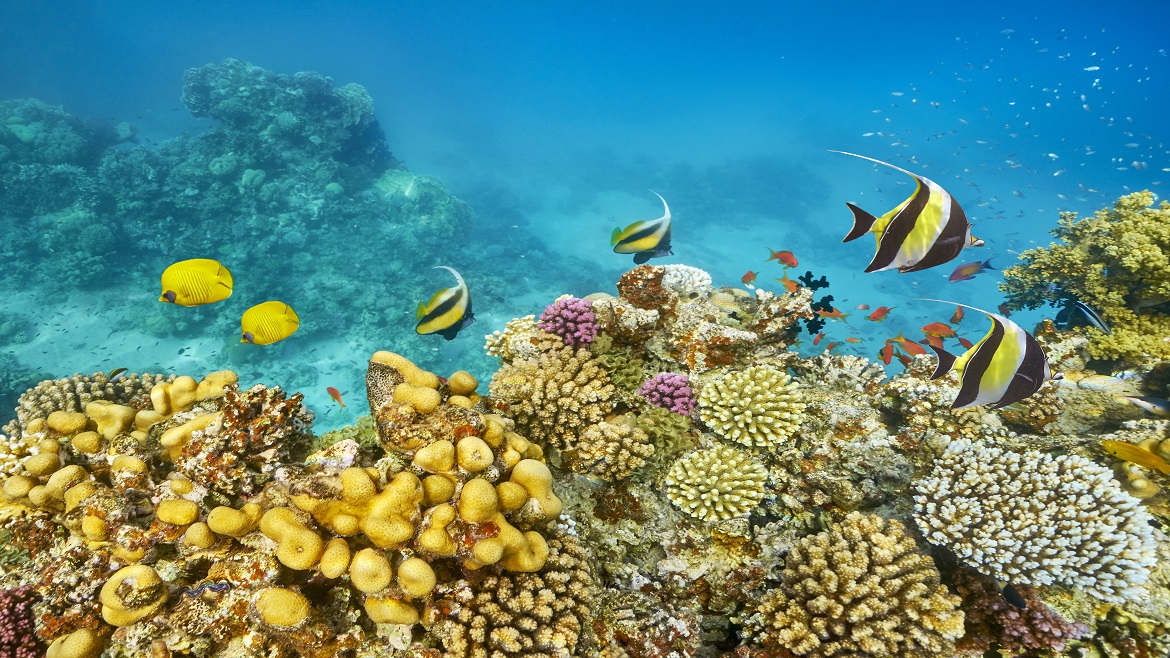People are the biggest threat to our oceans when we pursue unregulated and uncontrolled growth, but we are also the biggest hope when we pursue thoughtful, science-based growth. What we need is a blueprint for what the ocean economy should look like. Call it “Blue Growth by Design.”
Blue Growth by Design
Blue Growth by Design ensures conservation has a voice in ocean development — making the many connections between healthy oceans and other pressing global challenges including poverty, jobs, climate change and economic stability. If governments, industries and communities work hand-in-hand with conservation experts to shape these global trends, we can place “blue growth” on a sustainable trajectory.
Nobody can do it alone – we must find new allies and financial drivers of conservation. Here are a few examples:
1. Innovative financing for country-scale action. Earlier this year, a first-of-its-kind impact investment debt for nature swap was announced between The Nature Conservancy, Seychelles Government and the Paris Club. The deal allows the country to redirect a portion of its current debt payments to fund much needed marine conservation, ocean-use planning and climate adaptation activities on the ground.
2. Investments in the tourism industry’s underlying assets. Roughly 65%of all global tourism is coastal and it is widely considered the largest “blue economy” employer. As the sector grows, it must be able to protect the underlying natural systems – such as coral reefs – that drive the industry. In Belize, over US$2m per year of new funding is brought to conservation through visitor fees. In Palau, where roughly 50% of inhabitants at any one time are tourists, visitor “green fees” are financing a US$27m upgrade to wastewater treatment facilities to better protect the country’s reefs.
3. Cross-sector collaboration for fisheries. When I took office in my previous role as the EU Commissioner for Maritime Affairs and Fisheries, only four fish stocks were being fished sustainably in the EU. Today27 stocks are being fished sustainably. This was only possible through intensive collaboration between communities, fishers, the seafood industry and government leaders. If projections hold over the next five years, we could see 15m more tons of fish in the sea, 30% more jobs and the equivalent of over US$2bn in additional revenue.
This is Blue Growth by Design at work. It is an all-hands-on-deck moment for governments, communities, coastal planners, conservation experts and the private sector.
The Economist’s World Ocean Summit (June 3-5 in Portugal) will build on these ideas with government, business, philanthropic and other leaders looking to chart a new course for the blue economy.
The views and opinions expressed in this article are those of the authors and do not necessarily reflect the views of The Economist Intelligence Unit Limited (EIU) or any other member of The Economist Group. The Economist Group (including the EIU) cannot accept any responsibility or liability for reliance by any person on this article or any of the information, opinions or conclusions set out in the article.




